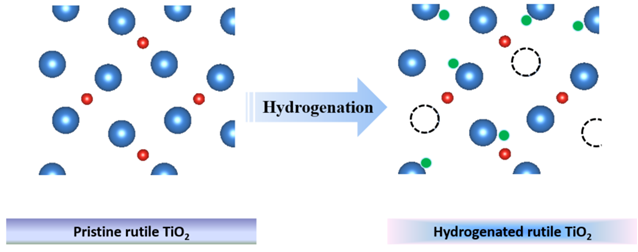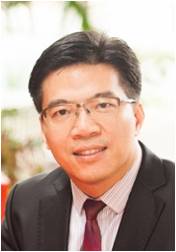报告题目:Defectsin metal oxide for energy conversion
and storage application
报告人:Shanqing Zhang 教授
邀请人:李 盛 副教授
报告时间:6月3日(星期一)9:00
报告地点:科技创新大楼5楼学术报告厅
Abstract
Oxygen vacancy (OV) can be considered as a defect when the
number of oxygen atoms expected in a compound is less (or missing) than what it
should be in its perfect crystal lattice. OV in titania and lithium titanate
nanomaterials achieved via hydrogenation, chemical reduction and cold quenching
are characterized and applied for photocatalysis and lithium ion battery
applications. The preliminary results suggest that the OV could bring about
significant enhancement in energy conversion efficiency and energy storage
capability and stability.

Figure1,
Hydrogenation, a classical way to obtain oxygen vacancy.
References
1. Chen, H., Ling, M., Hencz, L.,
Ling, H. Y., Li, G., Lin, Z., &Zhang,
S. (2018).Chemical Reviews. 2018 118 (18), 8936-8982.
2. D.
Adekoya, X Gu, M. Rudge, W. Wen, C Lai, M Hankel,& S. Zhang,Advanced
Functional Materials, 2018, DOI: 10.1002/adfm.201803972.
3. Qiu
J., Li S., Gray E., Liu H., Gu Q., Sun C., Lai C., Zhao H.,Zhang S.,J. Phys. Chem. C.,2014,
118, 8824?8830
Biography

Prof.
Eddie Shanqing Zhang obtained his PhD degree in electrochemistry in 2001 at
Griffith University, Australia. Since then, he has worked as a research fellow
during 2001–2006, senior research fellow during 2007–2009 and associate
professor at Centre for Clean Environment and Energy and Griffith School of
Environment, Griffith University during 2010-2015. As a core inventor, Dr. Zhang has developed a
series of patented and commercialized technologies for environmental monitoring
based on functional nanomaterials. He was awarded Australia Research Council
Future Fellow for 2009-2013. Currently, Prof. Zhang is mainly engaged in the
research on design and synthesis of functional nanomaterials and polymers
(binders and solid polymeric electrolyte) for energy conversion and storage
devices, as well as the development of intelligent online and/or onsite sensors
for environmental monitoring. He has published ca. 160 reputable papers with
H-index of 50and delivered numerous Keynotes and invited lectures.
